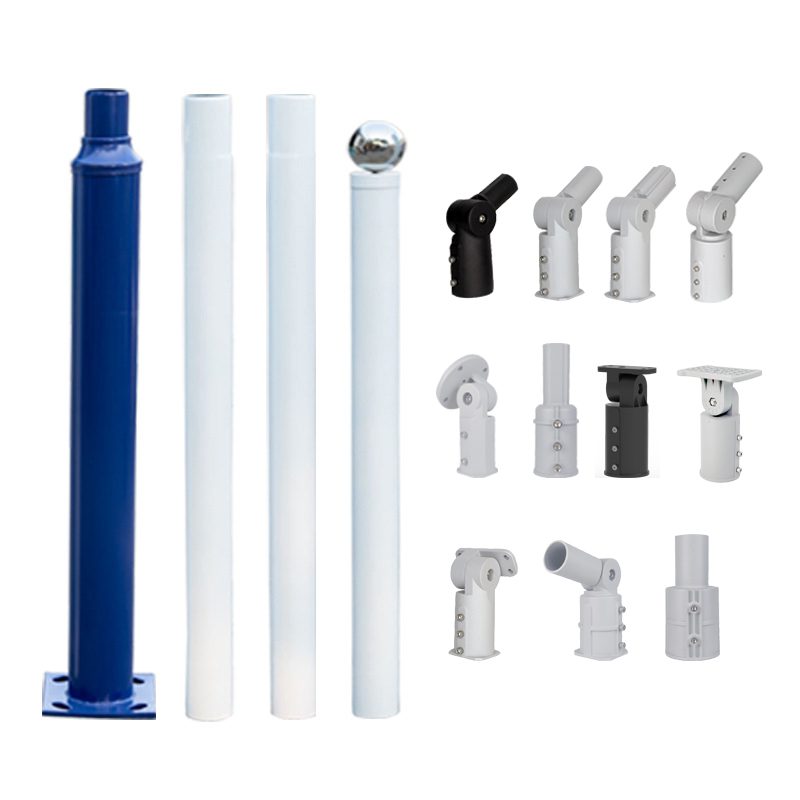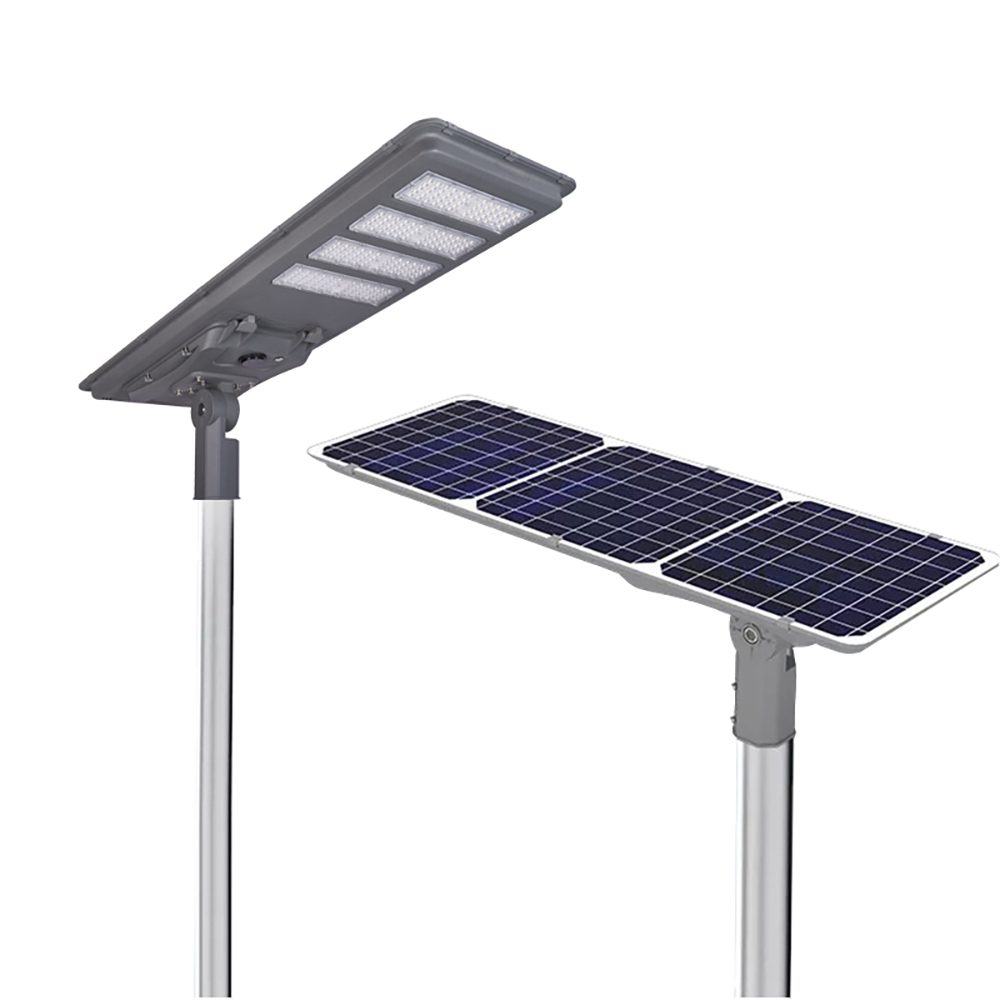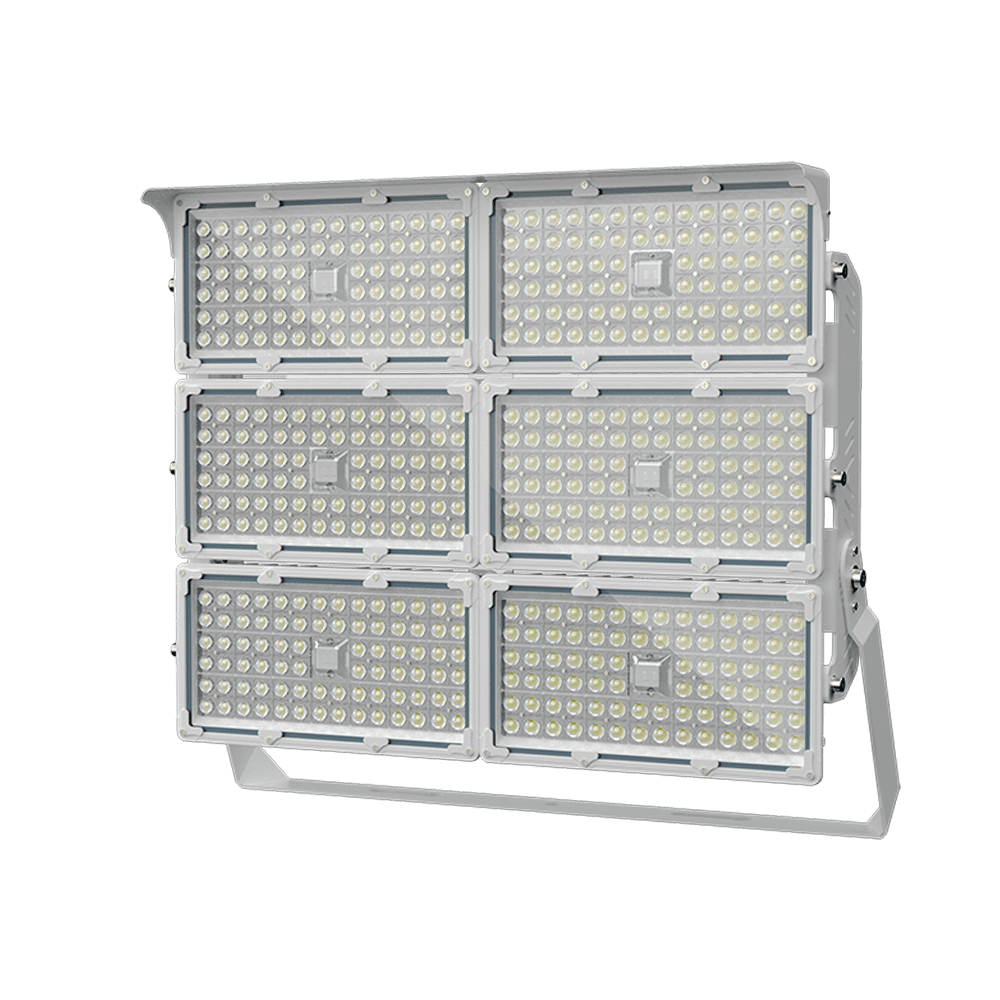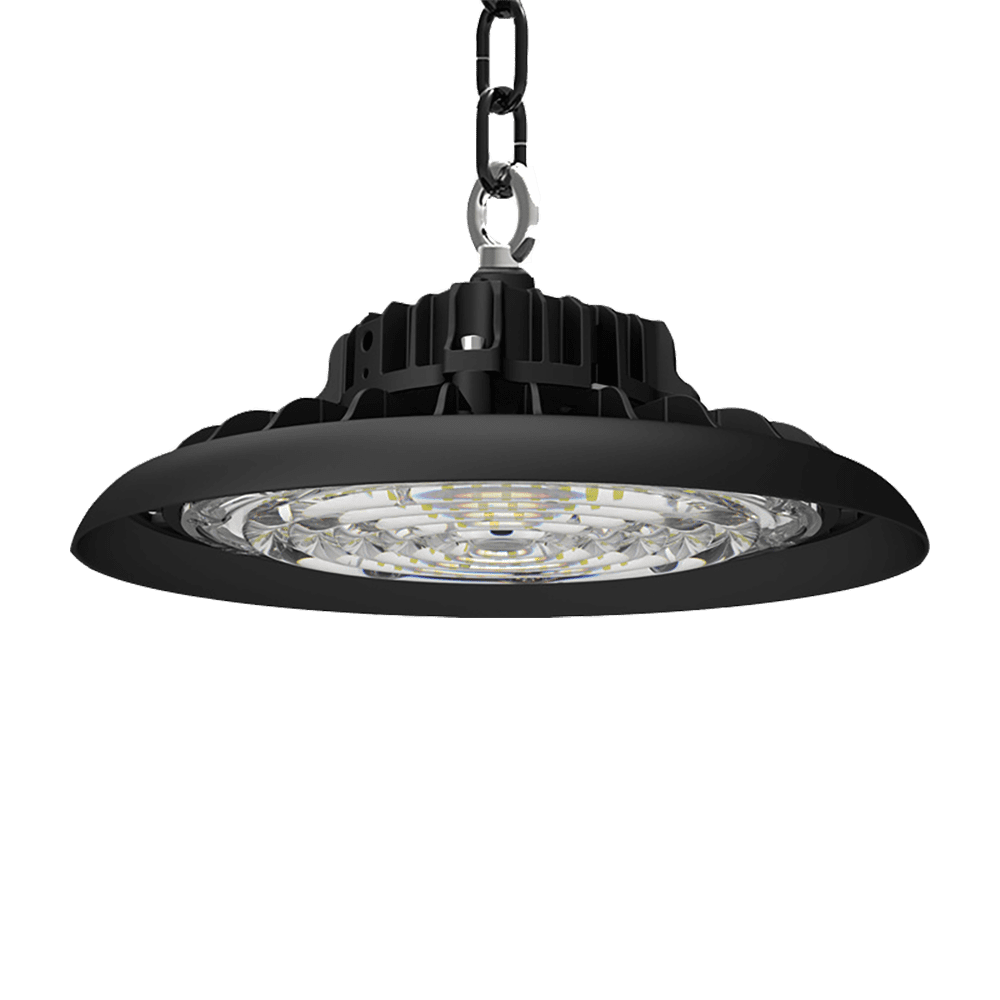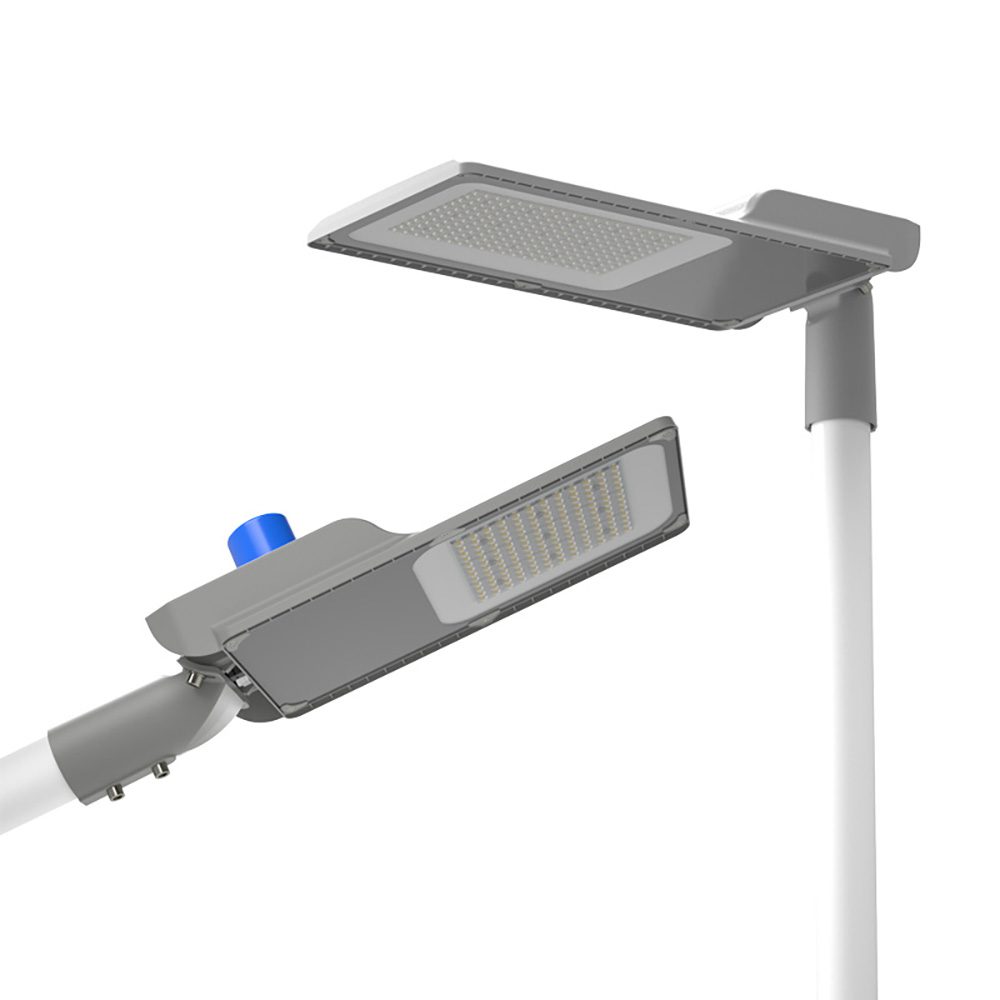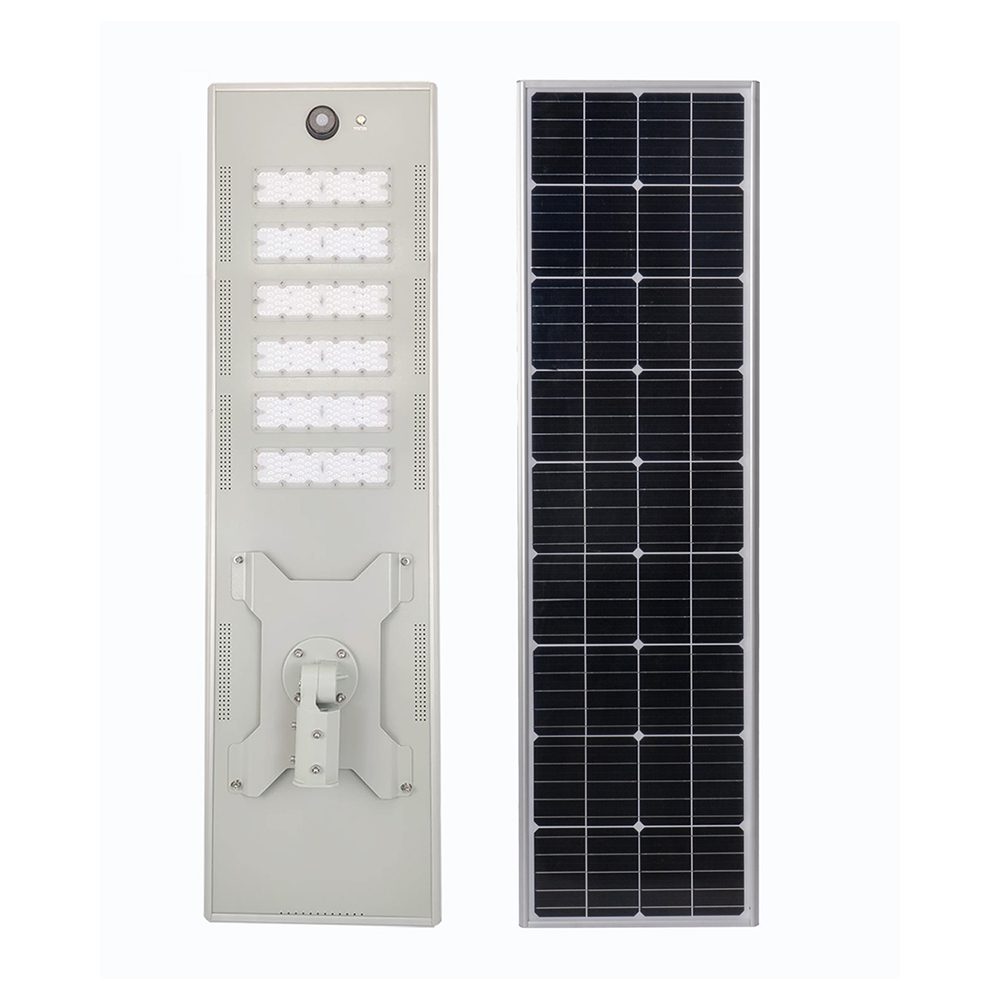In modern sports facilities, proper lighting conditions are crucial for athletes’ performance and audience experience. With the increase in nighttime games and activities, effectively choosing and installing sports field lighting has become a key concern. This article provides a comprehensive guide to help you make informed decisions when selecting and installing sports field lights.
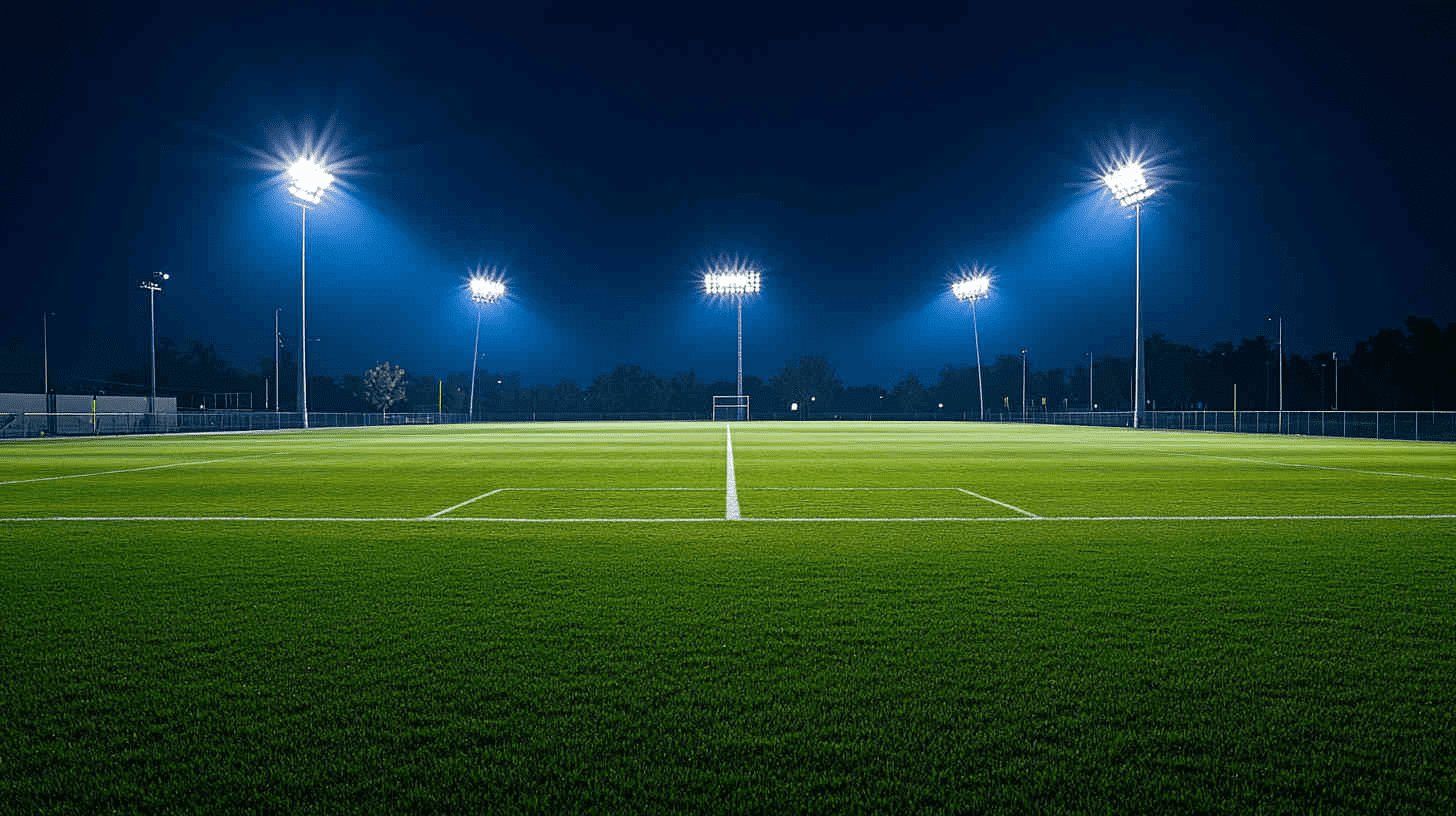
Determine the Type of Field
First and foremost, selecting the right sports field lighting must consider the type of field. Different types of fields—such as soccer fields, basketball courts, and tennis courts—have varying lighting needs. Clearly identifying the type and purpose of the field will aid in choosing the most suitable lighting solution.
The Importance of Lighting Standards
To ensure optimal lighting on the field, it is essential to refer to relevant lighting standards. Organizations such as the FIFA (Fédération Internationale de Football Association) and FIBA (Fédération Internationale de Basketball) provide clear guidelines on the required illumination levels for different competition levels. For example, soccer fields typically require illumination levels between 100 to 300 lux, while basketball courts may need 300 to 1000 lux. These standards serve as crucial references for selecting lighting fixtures.
Calculating Lighting Requirements
Once the field type and lighting standards are determined, the next step is to calculate the total lighting requirements. The total lighting demand (in lumens) can be calculated using the following formula:
Total Lighting Requirement (Lumens) = Field Area (Square Meters) × Required Illumination (Lux)
For instance, a standard soccer field has an area of approximately 7,140 square meters. If the desired illumination is 200 lux, the total lighting requirement would be 1,428,000 lumens.
Selecting the Wattage of the Fixtures
Choosing the appropriate wattage for the fixtures is key to meeting the lighting demands. Modern LED fixtures are ideal due to their high brightness and low energy consumption. The lumen output can vary among different brands and models, so it’s essential to consult the specifications to determine how many lumens each watt produces.
Calculating the Number of Fixtures
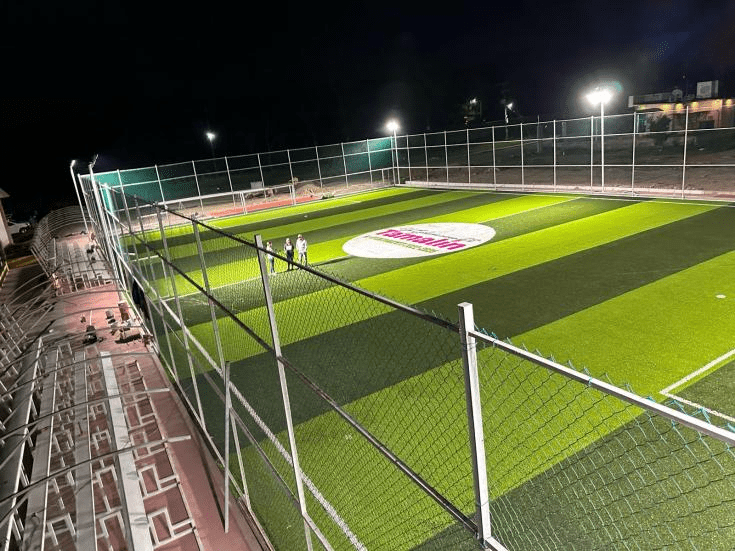
Using the lumen output of the fixtures, you can calculate the number of fixtures required. The following formula is useful:
Number of Fixtures= Total Lighting Requirement (Lumens) / Lumen Output per Fixture (Lumens)
For example, if the selected fixtures each output 40,000 lumens, approximately 36 fixtures would be needed to meet the lighting requirement based on the previous example.
Designing Fixture Layout
The layout of the fixtures directly affects the uniformity of the lighting. A well-planned fixture layout can eliminate shadows and bright spots, ensuring even light distribution across the entire field. It is advisable to conduct lighting simulation designs or use professional software to verify that the installation height and spacing of the fixtures are optimal.
Considering Environmental Factors
When selecting and installing fixtures, environmental factors such as surrounding buildings and trees that may affect light distribution should also be considered. Additionally, choosing the right fixtures can help prevent light pollution, ensuring that light does not spill over into surrounding areas and disturb nearby residents.
Maintenance and Management
Finally, the choice and installation of fixtures should also consider the ease of maintenance. The height and position of the fixtures should allow for regular inspections and replacements to ensure the lighting system remains in optimal condition.
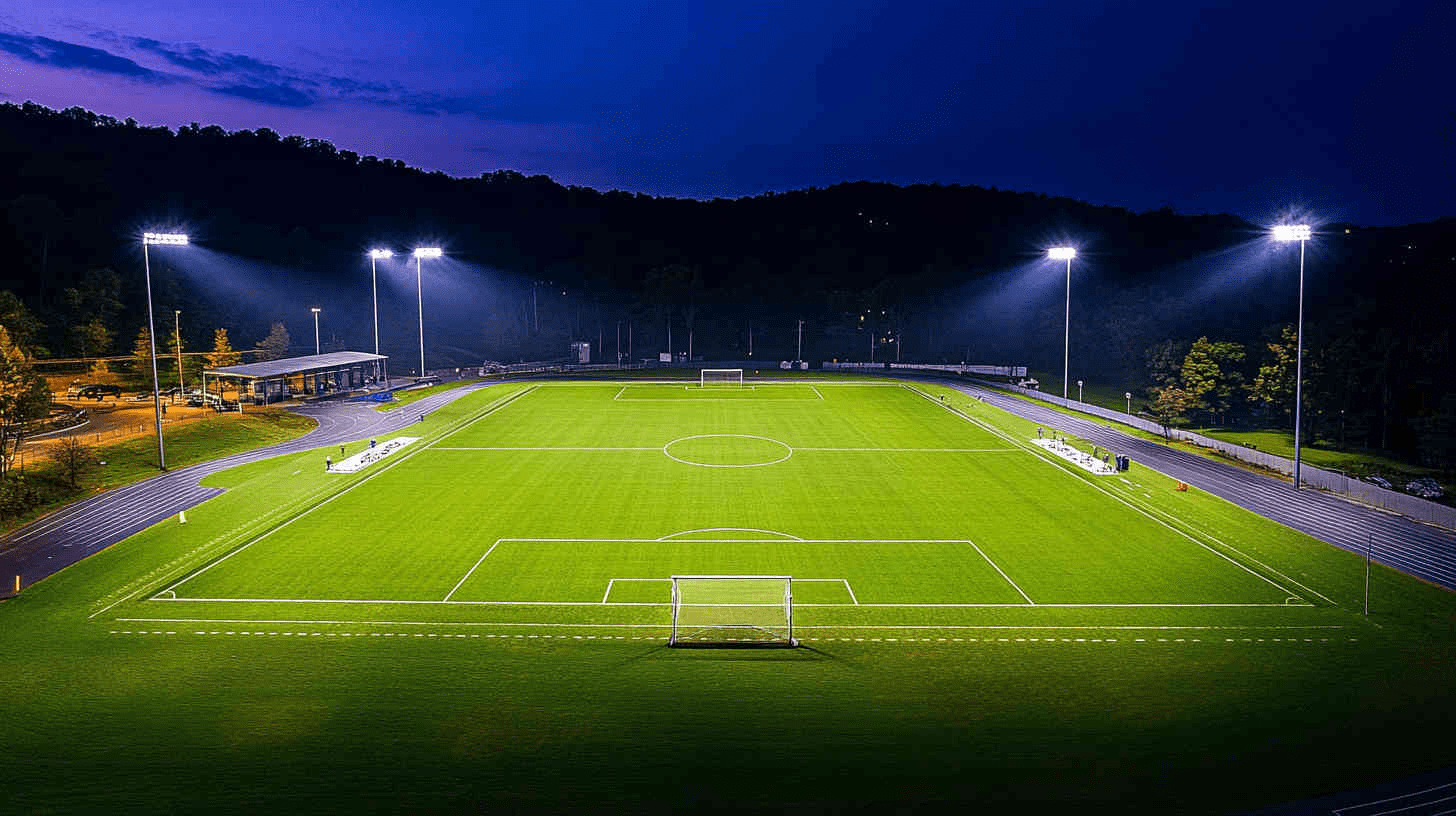
Choosing and installing sports field lighting is a vital aspect of enhancing the functionality and appeal of sports facilities. By taking into account the type of field, lighting standards, lighting requirements, fixture wattage, and layout, you can create a safe and comfortable lighting environment for your sports field. Proper lighting not only enhances the quality of the game but also provides a better experience for both athletes and spectators.

